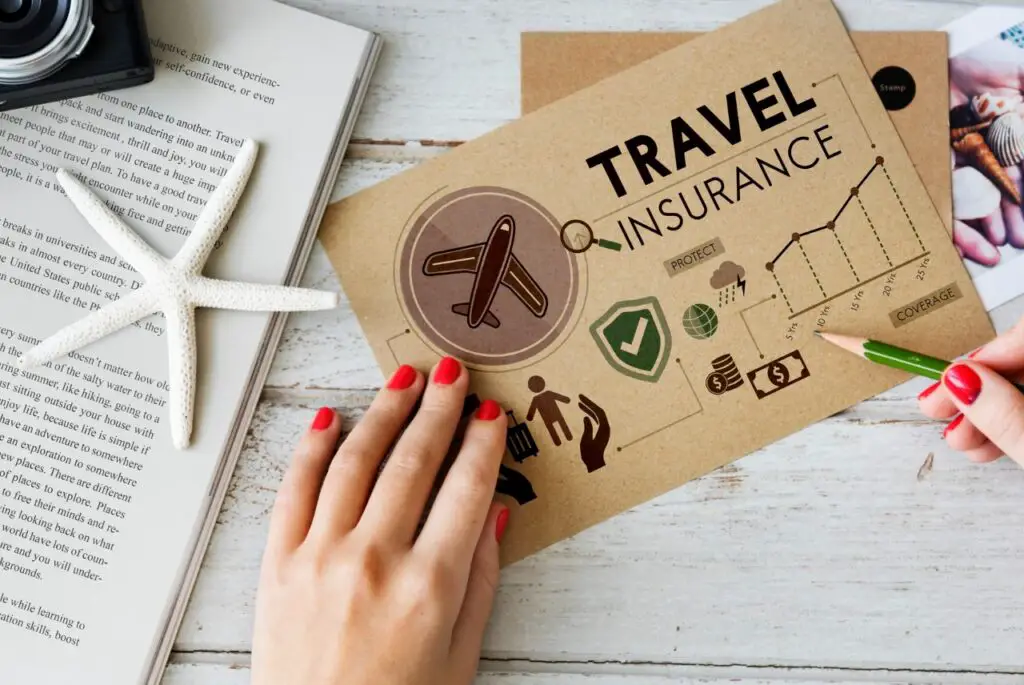Travel Smart: 12 Essential Travel Insurance Tips You Shouldn’t Ignore

You’ve booked the flights, packed your bags, and set your sights on adventure. What could possibly go wrong? Well… quite a bit, actually. Flight cancellations, lost luggage, medical emergencies, and last-minute surprises can derail even the most carefully planned trip. That’s where travel insurance steps in—not just as a formality, but as your behind-the-scenes safety net.
Yet here’s the kicker: most travelers either skip insurance altogether or don’t fully understand what their policy covers. And that can be a costly mistake. Whether you’re a seasoned globetrotter or gearing up for your first big getaway, knowing the ins and outs of travel insurance is a smart move that could save you time, money, and headaches.
So before you hit the road (or the skies), check out these 12 essential travel insurance tips that could turn your travel disaster into just a minor detour.
1. Know What Your Policy Actually Covers

Not all travel insurance is created equal. While most basic policies include coverage for trip cancellations, medical emergencies, baggage loss, and delays, the devil is in the details. For example, “trip interruption” might sound straightforward—but it could be limited to specific scenarios like illness or weather-related issues. Always read the fine print. If your travel plans change due to personal reasons (like a breakup or work obligation), your basic policy likely won’t help unless you have added coverage.
2. Buy It Early—Don’t Wait Until the Last Minute

Timing matters when it comes to travel insurance. The earlier you buy your policy, the better protected you are—especially if something disrupts your trip before it even begins. Many insurers offer perks like “cancel for any reason” coverage only if you purchase the policy within 14–21 days of your initial trip deposit. Plus, buying early means you’re covered if a natural disaster or medical condition arises after you book, but before you leave.
3. Think About “Cancel for Any Reason” (CFAR) Coverage

Sometimes life just happens—you change your mind, your plans shift, or you simply don’t feel like traveling anymore. CFAR coverage gives you added flexibility by allowing you to cancel for reasons not typically covered under standard policies. While it usually reimburses only 50% to 75% of your nonrefundable expenses and costs more upfront, it’s worth considering if your plans are uncertain or you just want the ultimate “get out of travel” card.
4. Check If Your Health Insurance Covers You Abroad

Many U.S.-based health insurance plans offer little to no coverage outside the country. Medicare, for example, generally doesn’t cover care abroad. That’s why it’s crucial to ensure your travel policy includes emergency medical coverage. If you’re headed to a country with expensive healthcare, or if you’re traveling with pre-existing conditions, you may want to upgrade your medical benefits or add an evacuation clause in case you need to be flown home for treatment.
5. Adventure Activities Might Require Extra Coverage

Going skiing in the Alps? Planning to scuba dive in the Caribbean? Many standard insurance plans exclude “hazardous” activities like rock climbing, parasailing, or even ziplining. If your itinerary includes high-risk fun, make sure your policy explicitly covers it—or add a rider that does. It’s a small step that could save you thousands in emergency medical expenses if something goes sideways mid-adventure.
6. Make Digital and Physical Copies of Everything

When things go wrong, documentation is your best friend. Keep copies—both physical and digital—of your travel insurance policy, trip itinerary, flight confirmations, hotel reservations, receipts, and medical records. Upload everything to the cloud or email it to yourself. If you lose your phone or bag, having backups means you can still file claims or access critical information when you need it most.
7. Rental Car Coverage Isn’t Always Included

If you’re renting a car while traveling, check if your travel insurance or credit card offers collision and theft protection. Many travelers skip the overpriced insurance upsell at the rental counter without realizing their policy doesn’t cover accidents or damage. You could end up responsible for hundreds or even thousands in repair costs. Double-check and, if needed, add rental car coverage for peace of mind on the road.
8. Understand Primary vs. Secondary Coverage

Here’s a key distinction that many overlook: primary insurance pays your claims first, while secondary coverage only kicks in after your other insurance (like your health or homeowners policy) pays out. Primary coverage often makes the claims process faster and easier. If you have the option to choose between the two, go with primary coverage—it can significantly reduce the paperwork and delays during an already stressful time.
9. Know the Rules Around Travel Delays and Missed Connections

Delays are inevitable—flights get canceled, layovers drag on, and connections get missed. The good news? Travel insurance often includes coverage for unexpected expenses like meals, hotel stays, and rebooking costs due to delays. But you’ll need to meet a specific delay threshold (usually 6 to 12 hours), and documentation is key. Save your receipts and keep proof of the delay (like airline notifications or gate announcements) to ensure smooth reimbursement.
10. Don’t Automatically Choose the Airline’s Insurance Offer

When booking your flight, you’ve probably seen the “Add Travel Protection” box during checkout. It’s easy to click and move on—but don’t. These built-in options are often overpriced and offer minimal coverage. Instead, use comparison sites like Squaremouth, InsureMyTrip, or TravelInsurance.com to browse policies from multiple insurers. You’ll get more tailored protection for a better price, and you can filter options based on your specific needs.
11. Always Be Honest When Applying for Coverage

It may be tempting to gloss over a past medical issue or round down your total trip cost to lower your premium, but resist the urge. Any misinformation can invalidate your entire policy—especially when filing a claim. Insurers investigate, and discrepancies can lead to denied reimbursements. Be transparent upfront so you’re truly covered when you need to rely on that safety net.
12. Make Sure Someone Else Has Your Policy Info

Imagine being in an accident abroad and no one knows who to call or what to do. Always share your insurance details, emergency contact info, and travel itinerary with a trusted friend or family member. Save your insurer’s emergency hotline in your phone and keep a hard copy of your policy in your carry-on. Some insurers also offer handy apps to track claims, get emergency help, or access your digital ID card.
Final Thoughts

Here’s the truth: travel insurance may not be the most exciting part of planning a trip, but it’s one of the most important. It’s the silent guardian that steps in when plans fall apart, when the unexpected happens, or when you need help navigating a crisis far from home. Think of it not as a backup plan, but as part of your adventure kit—just like your passport, your charger, and your favorite pair of travel shoes.
With these 12 essential tips in your back pocket, you’ll be prepared for whatever the road throws your way. Whether you’re jetting off on a European escape, road-tripping through national parks, or finally taking that dream cruise, smart travel starts with smart protection. Don’t just hope everything goes right—plan for the possibility that it won’t.
Because when you travel smart, you travel with confidence.
Leave a Reply